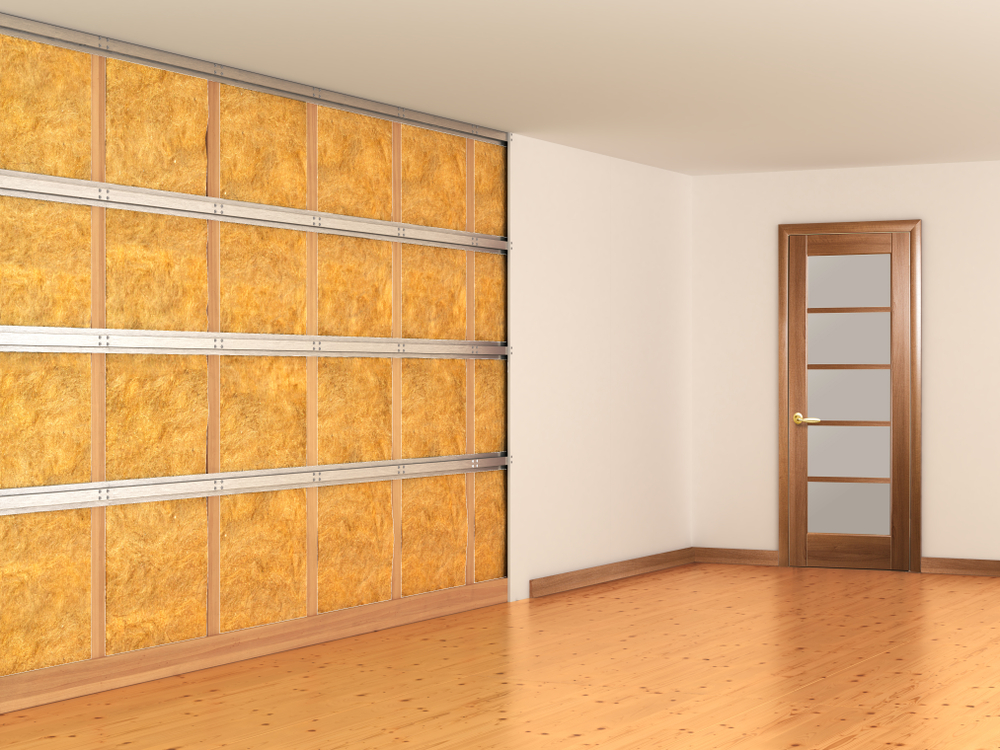Soundproofing

Sound is a problem, there’s a reason why we talk about sound pollution and it doesn’t have to come from out of control neighbors or even street noise. Sound sources include external noise that permeates through walls and ceilings but also all the noise that comes from inside the building. That can mean fellow tenants, or children, or pets, and it certainly includes the music tastes of teenagers but also simple things like utility rooms and the hum of machinery which can reduce the quality of your life. Good soundproofing takes care of all of that as long as it’s applied by the professionals - let us explain to you how.
Quietrock
If you’ve already looked into the options when it comes to soundproofing drywall then you’ve probably come across the name of Quietrock. That’s because it was the first solution on the market and remains a strong choice to this day. It comes in a variety of different versions but the essential idea is that the traditional gypsum based sheetrock comes in two layers with a sandwiched layer of viscoelastic sound-absorbing polymers in between them. The polymer layer is very elastic and effectively soaks up the sound so that it is not transmitted. Which means that we can install walls where the drywall itself will deaden sound and help stop it being transmitted through the wall. Of course Quetrock was never going to keep the soundproof drywall market to itself and there are now alternatives including CertainTeed’s Silent FX QuickCut, and National Gypsum’s SoundBreak. We’re happy to help you choose which would be the best choice for your soundproof drywall.
Soundproof Insulation
Another option when it comes to soundproofing is to simply fill the gaps between studs in traditional drywall with soundproof insulation just as you would with thermal insulation. This is typically a foam and can be retrofitted to existing walls although clearly we do still have to remove and replace the panels. Thermal insulation may help dampen sound but it is not as good as purpose made acoustic insulation foam.
Mass Loaded Vinyl
Mass loaded vinyl is a newer option but often the one to go for not least since it is a layer that helps stop transmission through the walls but also a barrier making it great for where the source of the noise may be you rather than the neighbours. If you or your kids have a drum kit then this would certainly be an option to look at. Mass loaded vinyl is also very flexible which makes it great for unusually shaped surfaces.
Resilient Channels
Resilient channels are thin and flexible strips of metal which allow us to hang another layer of drywall or ceiling with a gap that not only soaks up sound but also vibration or impact noises. They can be combined with foam insulation or vinyl and essentially work by ensuring that the drywall panels are not directly attached to the battens but instead floating; a bit like a suspension system that helps absorb sound and vibration.
